As I posted on the LJ Community for puerh — a list of terms for puerh. Enjoy.
7542 (or 7582, 8582, 7532, etc etc etc) — recipe numbers of puerh cakes. The third digit is the grade of the tea leaves blend (not all are grade 4 in 7542), and the fourth digit is the factory number. The first two digits is the year when the recipe first got started. Just because two cakes have the same number though doesn’t mean they’ll taste the same, especially as factories revive old recipes.
beeng 餅(properly spelld bing, but beeng seems more common) — a beeng usually refers to a baked dough that is round and thin (think pizza without toppings), but can be used to refer to any number of “cakes” or baked goods in a variety of context. In puerh parlance, a beeng is a round compressed “cake” of puerh leaves. This is the most common form of compressed puerh, and range in size from 100g a piece to 3000g a piece (or more). The most common sizes are 357g or 400g. In the case of 357g, they are sometimes call qizi bing 七子餅(sometimes spelled chi-tsu).
cha qi 茶氣(or just qi) — literally the “qi” (or in some cases “chi) of the tea (cha). It’s a pretty elusive concept, and some will dispute whether such thing exists at all, but essentially, it is a quality that some people look for when buying puerh (or any tea in general) and can be most conveniently translated as the power of the tea. Immediate effects of a tea having strong qi is that it makes you sweat, usually in the back (especially lower back) and you feel a sort of rush/buzz that comes from the tea. It is independent of the caffeine and temperature of the water, or at least it should.
dapiao 大票 — the big piece of paper telling you the manufacturer, name of the tea, often year, and other vital information of the tea in question that usually comes with a jian of tea (although I think I’ve seen dapiaos on just each tong of tea?). Us non-vendors probably won’t see this too often.
jincha 緊茶 — literally “tight tea”, this is the mushroom shaped compressed tea that is so often associated with Tibet.
maocha 毛茶 — raw material of puerh, and refers to the processed but as yet uncompressed tea leaves. Some puerh, however, is left deliberately loose, and in Chinese it is called sancha 散茶. Most modern day (i.e. post 80s) sancha is in the form of shu puerh, but if you go to places like Hong Kong it is still possible to buy aged, sheng sancha.
money — qian 錢 in Chinese, also taking the form of renminbi 人民幣, xintaibi (New Taiwan Dollar) 新台幣, or meijin (US Dollar, literally American gold) 美金 — substance that begins to disappear from your wallet and bank account at an increasing velocity as you sink deeper into the habit of drinking puerh.
neifei 內飛 — “inside ticket”, literally, this is the little piece of paper, usually about an inch by an inch or so, that is stuck on the compressed puerh. It is usually only present on beengs on the front (convex) side. Sometimes though, a particular beeng can have two neifei, one on each side. Often that is because it is a more valuable cake. Neifeis are used to determine the authenticity of a cake, but can often be faked and is more of a guide than a proof.
neipiao 內票 — this refers to the larger piece of info ticket contained in the wrapper of a bing (or brick, or other teas), but is loose rather than embedded in the tea itself. Usually they tell you that they picked the best leaves, that the tea brews clearly with nice aromas, and it will cure your (fill in the blank) cancer while helping you to gain appetite and lose weight.
puerh 普洱(or puer) — why I’m wasting time typing this up in the first place.
sheng 生 — sometimes also referred to as qing 青, which means green, sheng is the term that denotes the lack of post-compression processing of the tea. This type of puerh is the ones that we rant and rave about — it is usually what people buy for further aging at home, and if it is originally of good quality and kept well, can become great in the future. Of course, whether they last 30 years or not is another matter. Younger sheng puerh will brew a yellow-green liquor, and will become increasingly darker over time. The leaves will also turn from green to brown. The taste differ radically depending on aging, quality, etc, and this variation is the primary reason why you see so many reviews here.
shu 熟 — literally “cooked”, it refers to puerh that has been post-fermented artificially before being compressed into their shape. Their aging potential is limited, and is usually best drunk now. The brews tend to be sweet, earthy, and very dark — almost pitch black a lot of times.
tuo 沱 — one of the shapes of compressed tea common for puerh. A tuo is usually 100g in weight, and is dome-like. Usually of high compression and hard to break, and the taste of younger tuo tend to be smoky.
wet-storage — a process where the sheng cakes are put into a storage space with artificially inflated humidity/temperature to encourage fermentation of the tea. If done well, they can taste all right. If done poorly, they taste like crap.
wild arbor — in Chinese it is yesheng qiaomu 野生喬木, this is often something that a tea maker advertises on their wrapper as something special about their cake — that the leaves are from wild arbor trees. Cultivated tea trees are usually bushes, and supposedly, wild arbor trees (and the street knowledge is the older the better) will provide superior aging potential and better flavours.
wrapper — the piece of paper used to wrap the puerh beeng/brick/tuo. It contains vital information such as the make of the tea, where it might be from, and can often give hints as to when it was made, depending on little details on the wrapper. Of course, since it’s just a piece of paper, it can be easily (and is often) faked.
zhuan 磚 — another form of compression for puerh, zhuan means brick, and are really brick like — usually rectangular shape, about 3/4 of an inch thick and weigh about 250g, but there are bigger ones too.

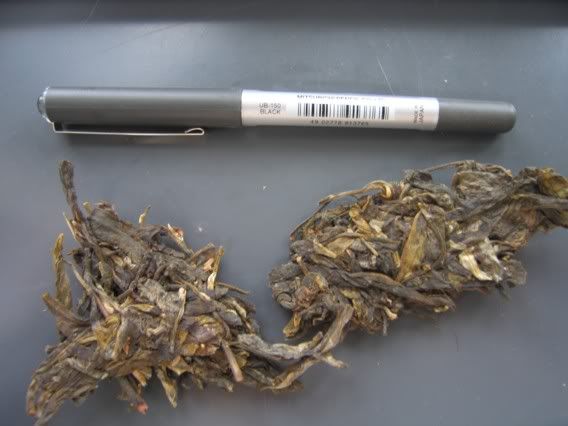
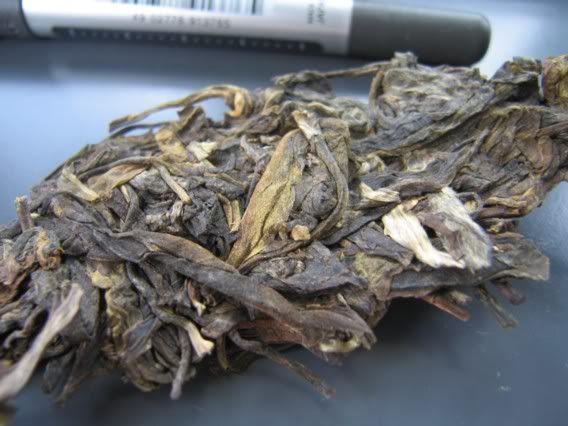
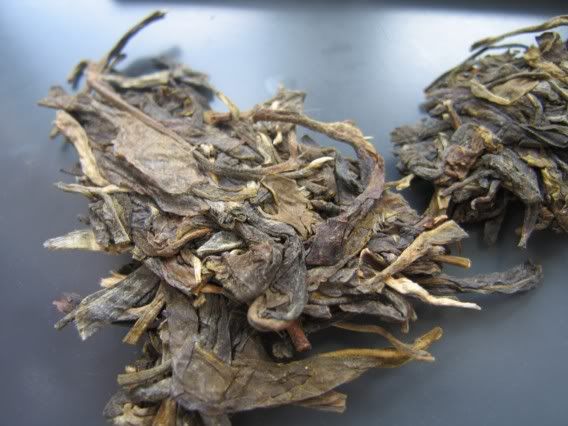
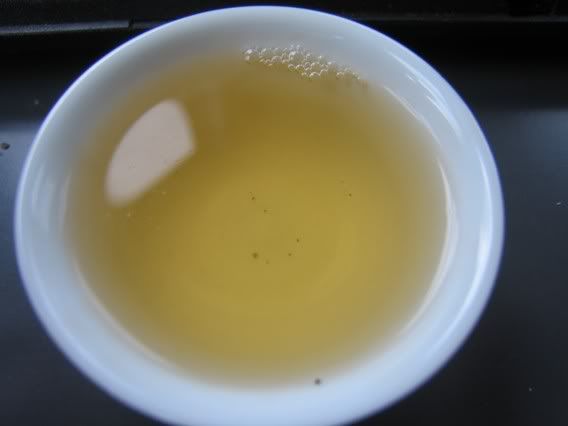
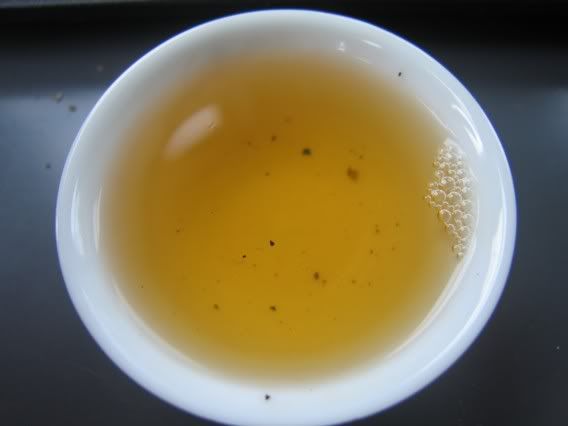

 RSS - Posts
RSS - Posts
I took you at your suggestion and have been reading some of your old post-Covid posts. I haven’t been to…